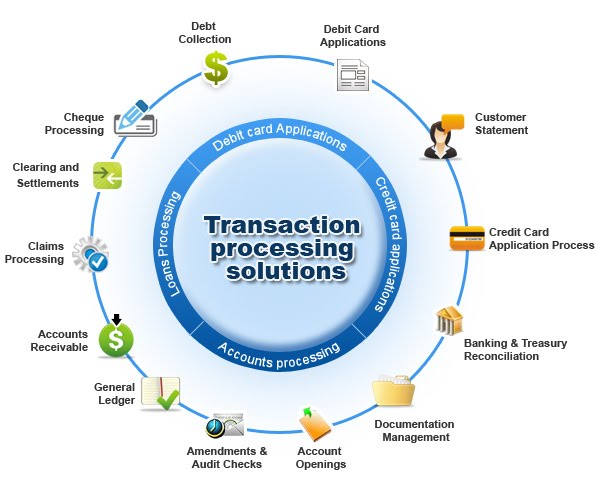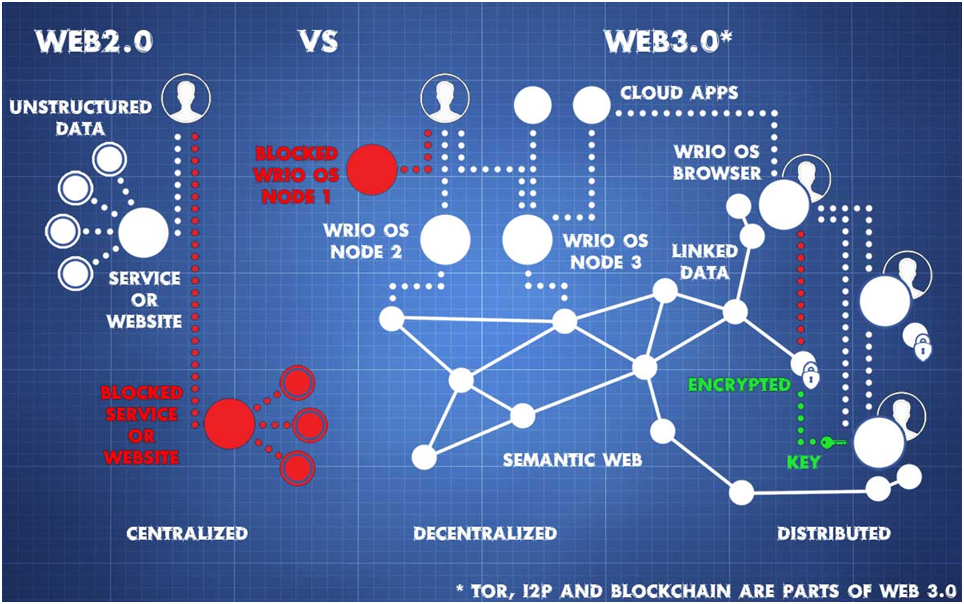

These were the fundamentals behind the Transaction Processing System.


ACCESS CONTROL: TPS generally has features by which only authorized users are allowed to access the system.Durability: Transaction which is not confirmed should not be recorded and transactions which are completed should be edited only with prior approval.Debit and credit should occur simultaneously without affecting each other. Isolation: The transactions must be executed simultaneously but individual privacy should not be disturbed.Cash should not go negative in the books, this is a requirement of the management so the system should be such that it does not accepts any cash payment related transaction when the cash is not available. Consistency: Data integrity or consistency should be well maintained.A transaction must take place in entirety.
#A TRANSACTION PROCESSING SYSTEM IS FULL#
#A TRANSACTION PROCESSING SYSTEM IS SOFTWARE#
The book is divided into 11 chapters, which cover the following: Overview of transaction processing application and system structure Software abstractions found in transaction processing systems Architecture of multitier applications and the functions of transactional middleware and database servers Queued transaction processing and its internals, with IBM's Websphere MQ and Oracle's Stream AQ as examples Business process management and its mechanisms Description of the two-phase locking function, B-tree locking and multigranularity locking used in SQL database systems and nested transaction locking System recovery and its failures Two-phase commit protocol Comparison between the tradeoffs of replicating servers versus replication resources Transactional middleware products and standards Future trends, such as cloud computing platforms, composing scalable systems using distributed computing components, the use of flash storage to replace disks and data streams from sensor devices as a source of transaction requests. It covers the architecture of Web Application Servers and transactional communication paradigms. In transaction processing, work is divided into individual, indivisible operations, called transactions. The book provides detailed discussions of the internal workings of transaction processing systems, and it discusses how these systems work and how best to utilize them. Transaction processing is a style of computing, typically performed by large server computers, that supports interactive applications. Principles of Transaction Processing is a comprehensive guide to developing applications, designing systems, and evaluating engineering products.


 0 kommentar(er)
0 kommentar(er)
